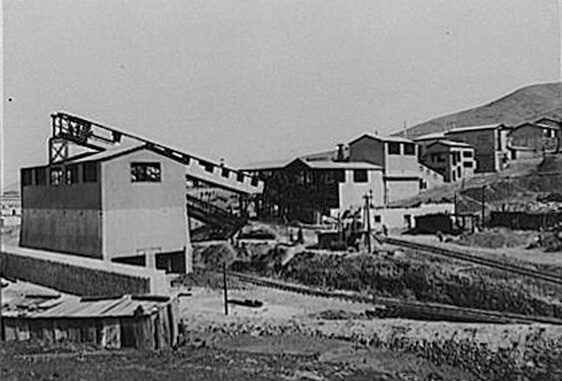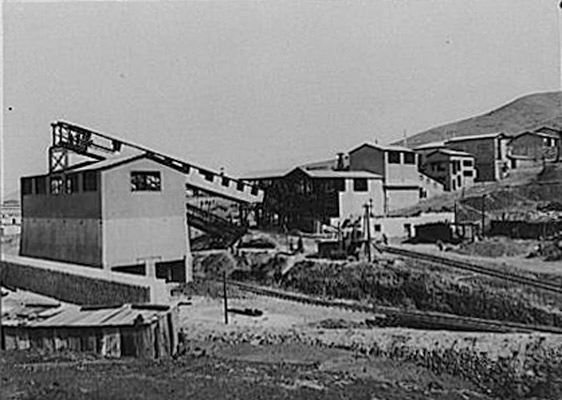

Library of Congress – Prints & Photographs Division – FSA/OWI Collection – LC-USE6-D-000116
In the middle of the twentieth century, a Patiño tin mine in Bolivia contained numerous structures for processing the ore.
More than a hundred years ago, when Simón Iturri Patiño was a young man, he went to work for a general store in Bolivia. His job was to collect payments for accounts at the store. One day—legend has it—an out-of-luck prospector came in who owed the store money. He didn’t have enough cash to pay his bill, so he asked if he could pay off his account with a deed to some rocky land on a mountain called Llallagua. Patiño accepted the deed as payment. His boss immediately fired him for doing something so foolish and, to top it off, made him pay off the prospector’s debt and take the worthless deed himself.
So then, Patiño was out of a job, and all he had was the deed. What else could he do? He went to prospect on Llallagua himself. He worked the land with a burro and a pickaxe for a couple of years and, in 1900, hit a spectacular vein of tin. Patiño then turned out to be a financial genius—over the years, he invested his money in other mines and smelters and took control of the international tin market.
When the “King of Tin” died in 1947, he was one of the wealthiest men in the world. Although Patiño, his wife, and his children had lived abroad for many years, he was buried in Bolivia. The mine at Llallagua is past its prime, but continues to operate.
Share What You Know:
Bolivia’s natural resources include tin, copper, and silver. See if you can find the locations online of various famous mines, such as at the Cerro Rico mountain near Potosí. Share what you discover with your class.